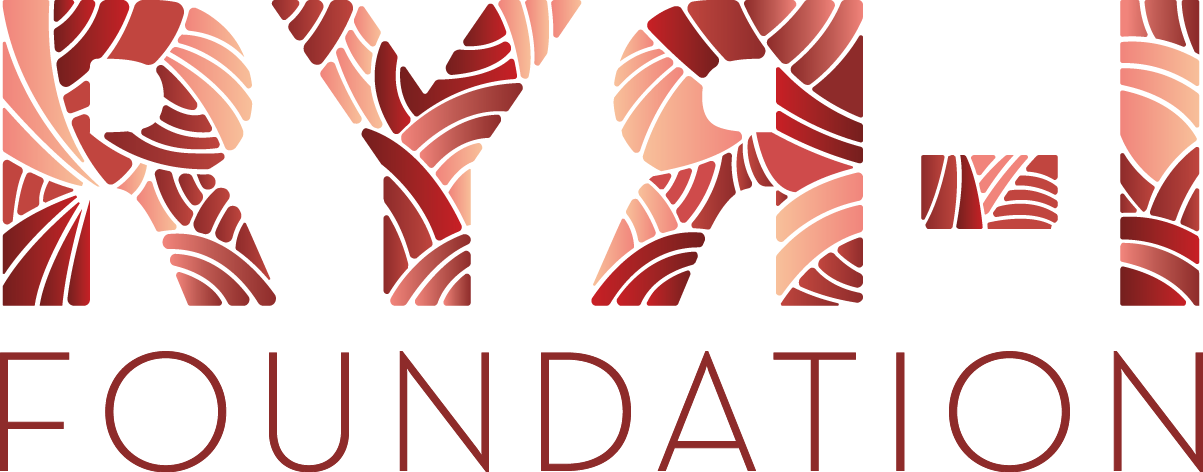
Authors: Irene Colombo, MD, Mariacristina Scoto, PhD, Adnan Y. Manzur, MD, Stephanie A. Robb, MD, Lorenzo Maggi, MD, Vasantha Gowda, MD, Thomas Cullup, BSc, Michael Yau, PhD, Rahul Phadke, MD, Caroline Sewry, PhD, FRCPath, Heinz Jungbluth, MD, PhD, Francesco Muntoni, MD
Objective: To assess the natural history of congenital myopathies (CMs) due to different genotypes.
Methods: Retrospective cross-sectional study based on case-note review of 125 patients affected by CM, followed at a single pediatric neuromuscular center, between 1984 and 2012.
Results: Genetic characterization was achieved in 99 of 125 cases (79.2%), with RYR1 most frequently implicated (44/125). Neonatal/infantile-onset was observed in 76%. At birth, 30.4% required respiratory support, and 25.2% nasogastric feeding. Twelve percent died, mainly within the first year, associated with mutations in ACTA1, MTM1, or KLHL40. All RYR1-mutated cases survived and did not require long-term ventilator support including those with severe neonatal onset; however, recessive cases were more likely to require gastrostomy insertion (p 5 0.0028) compared with dominant cases. Independent ambulation was achieved in 74.1% of all patients; 62.9% were late walkers. Among ambulant patients, 9% eventually became wheelchair-dependent. Scoliosis of variable severity was reported in 40%, with 1/3 of (both ambulant and non-ambulant) patients requiring surgery. Bulbar involvement was present in 46.4% and required gastrostomyplacementin28.8%(atameanageof2.7years). Respiratory impairment of variable severity was a feature in 64.1%; approximately half of these patients required nocturnal noninvasive ventilation due to respiratory failure (at a mean age of 8.5 years).
Conclusions: We describe the long-term outcome of a large cohort of patients with CMs. While the overall course is stable, we demonstrate a wide clinical spectrum with motor deterioration in a subset of cases. Severity in the neonatal/infantile period is critical for survival, with clear genotype-phenotype correlations that may inform future counseling.

